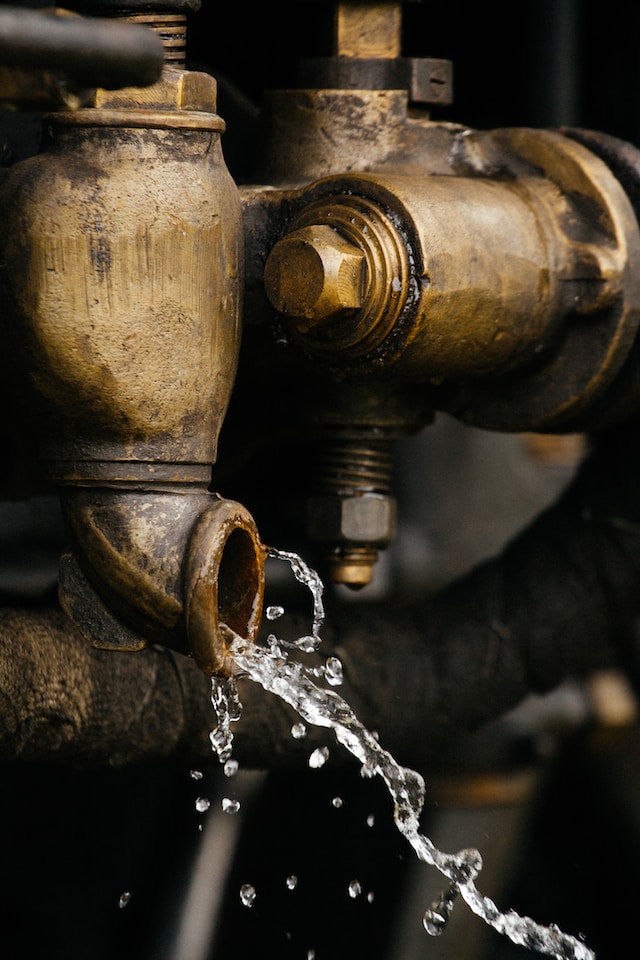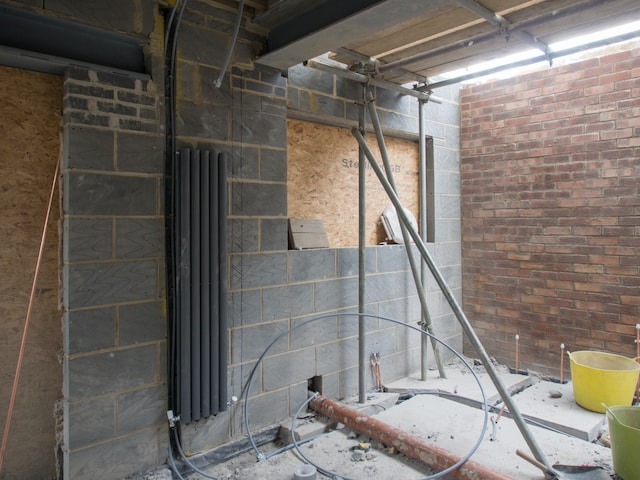Pipe fittings are crucial components of any piping system. They are used to connect pipes, redirect flow, and regulate the flow of liquids or gases through a pipeline. Without them, piping systems would not function efficiently. In this article, we will explore the history and evolution of pipe fittings, their types, and their advantages. Click hub.unitrade.com.my for more info.
What Are Pipe Fittings?
Pipe fittings are mechanical components used to connect, terminate, and control the flow of piping systems. They are used to join two or more pipes, change direction or size of the pipe, or regulate the flow of fluids or gases through the pipeline. They come in different shapes, sizes, and materials, depending on the application and the fluid or gas being transported.
The Evolution of Pipe Fittings
The history of pipe fittings dates back to ancient times, where clay pipes and fittings were used for irrigation systems. However, it wasn’t until the 19th century that modern pipe fittings were developed. During the industrial revolution, the demand for steam engines and machinery led to the development of more sophisticated pipe fittings made of cast iron.
In the early 20th century, advancements in manufacturing technology led to the development of steel pipe fittings, which became the preferred choice for piping systems due to their strength, durability, and resistance to corrosion.
Today, pipe fittings are available in a wide range of materials, including PVC, copper, brass, stainless steel, and plastic. Advancements in manufacturing technology have led to the development of more sophisticated pipe fittings, such as push-to-connect fittings, compression fittings, and flare fittings, making piping systems more efficient and reliable.
Types of Pipe Fittings
Pipe fittings come in different types, depending on the application and the fluid or gas being transported. Some of the common types of pipe fittings include:
- Elbows: Used to change the direction of the pipeline.
- Tees: Used to connect three pipes at a T-junction.
- Couplings: Used to connect two pipes together.
- Reducers: Used to reduce the diameter of a pipeline.
- Flanges: Used to join two pipes together.

The Advantages of Pipe Fittings
Pipe fittings offer numerous advantages, including:
- Flexibility: Pipe fittings offer flexibility, allowing pipes to be easily modified, repaired, or replaced without having to replace the entire piping system.
- Durability: Pipe fittings are designed to withstand high pressure and temperatures, making them ideal for use in a wide range of applications.
- Cost-effectiveness: Pipe fittings are cost-effective and easy to install, reducing the overall cost of the piping system.
- Corrosion resistance: Pipe fittings made of corrosion-resistant materials, such as stainless steel, are ideal for use in corrosive environments.
Conclusion
Pipe fittings have come a long way since the early days of clay pipes and fittings. Today, pipe fittings are available in a wide range of materials, types, and sizes, making them an essential component of any piping system. Advancements in manufacturing technology have led to the development of more sophisticated pipe fittings, making piping systems more efficient, reliable, and cost-effective. Whether you are building a new piping system or upgrading an existing one, pipe fittings are an essential component that cannot be overlooked.
